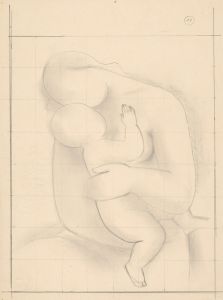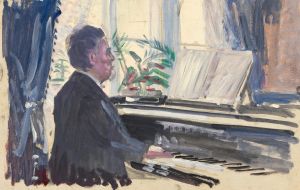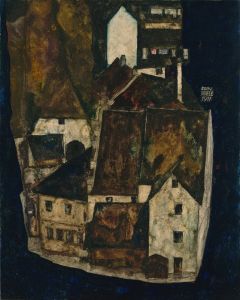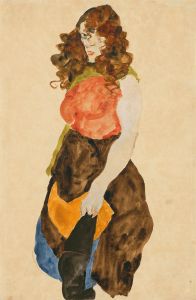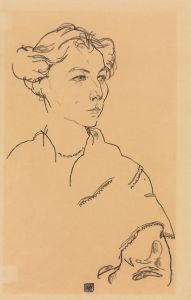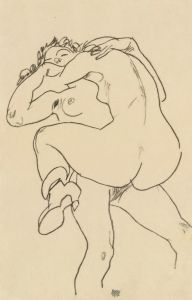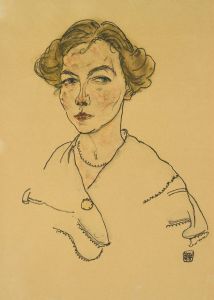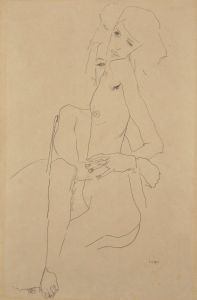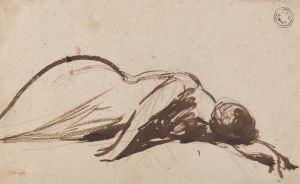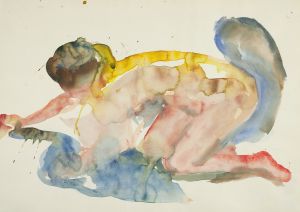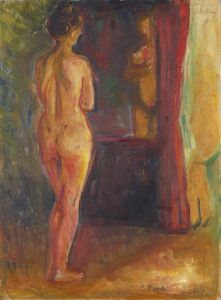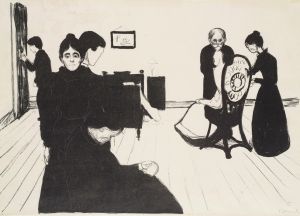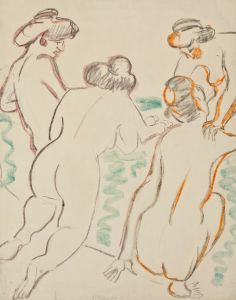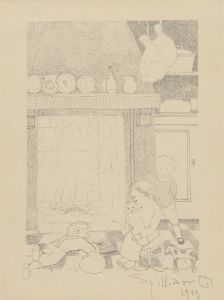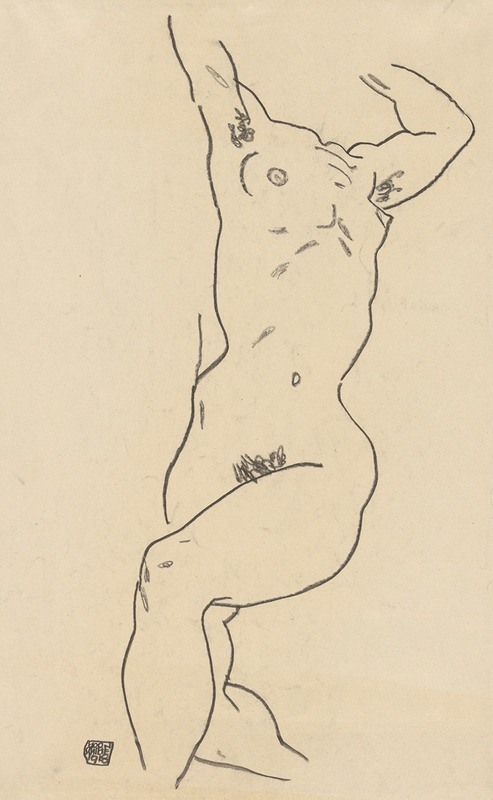
Torso of a Nude
A hand-painted replica of Egon Schiele’s masterpiece Torso of a Nude, meticulously crafted by professional artists to capture the true essence of the original. Each piece is created with museum-quality canvas and rare mineral pigments, carefully painted by experienced artists with delicate brushstrokes and rich, layered colors to perfectly recreate the texture of the original artwork. Unlike machine-printed reproductions, this hand-painted version brings the painting to life, infused with the artist’s emotions and skill in every stroke. Whether for personal collection or home decoration, it instantly elevates the artistic atmosphere of any space.
Egon Schiele, an Austrian painter known for his distinctive and often provocative style, created "Torso of a Nude" in 1910. Schiele was a protégé of Gustav Klimt and became a major figurative painter of the early 20th century. His work is noted for its intensity and raw emotional power, often exploring themes of sexuality, death, and the human form.
"Torso of a Nude" exemplifies Schiele's unique approach to the human body. The painting focuses on the central part of the body, omitting the head and limbs, which was a common practice in Schiele's work to emphasize the core of human existence and emotion. This piece is characterized by its bold lines and stark contrasts, which highlight the contours and musculature of the torso. Schiele's use of color is also notable, often employing a limited palette to draw attention to the form and structure of the body.
The painting reflects Schiele's fascination with the human figure and his desire to capture its essence beyond mere physical appearance. His works often convey a sense of vulnerability and introspection, inviting viewers to engage with the deeper emotional and psychological aspects of his subjects. "Torso of a Nude" is no exception, as it challenges traditional representations of the human body by focusing on its most elemental aspects.
Schiele's work was often controversial during his lifetime due to its explicit content and unconventional style. He was part of the Expressionist movement, which sought to express emotional experience rather than physical reality. This movement was characterized by a focus on individual perspective and a departure from traditional artistic conventions. Schiele's contribution to this movement was significant, as he pushed the boundaries of what was considered acceptable in art at the time.
Despite the controversy, Schiele's work gained recognition and respect, particularly after his untimely death in 1918 at the age of 28 due to the Spanish flu pandemic. His influence can be seen in the works of later artists who continued to explore the complexities of the human condition through art.
"Torso of a Nude" is housed in various private collections and museums, reflecting its enduring appeal and significance in the art world. Schiele's ability to convey profound emotion through his depiction of the human form continues to resonate with audiences today, making his work a subject of study and admiration.
In summary, "Torso of a Nude" by Egon Schiele is a powerful example of early 20th-century Expressionism, showcasing the artist's skill in capturing the essence of the human body and spirit. Through his innovative approach and bold style, Schiele remains a pivotal figure in the history of modern art.





